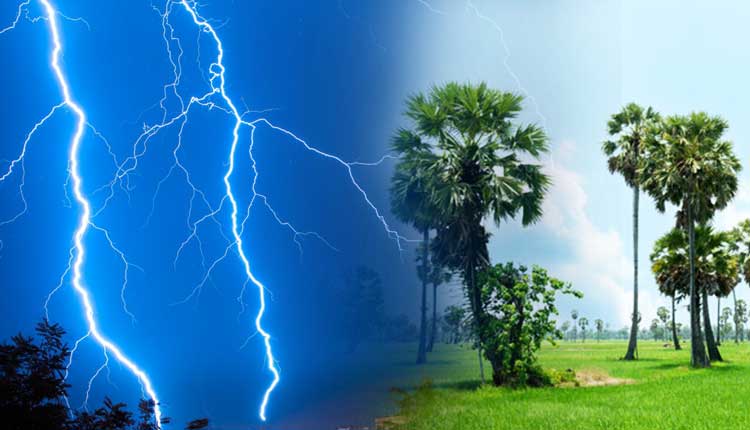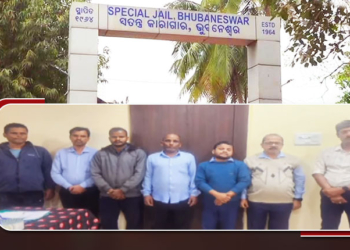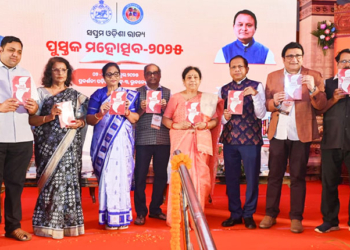Bhubaneswar: In a proactive step to reduce lightning-related fatalities in Odisha, the Forest and Environment Department has announced a major initiative to plant palm trees (taala gachha) across the state.
The project, with an estimated investment of ₹6 crore in the current fiscal year, aims to improve public safety while supporting environmental conservation.
Forest and Environment Minister Ganesh Ram Singhkhuntia said the government is intensifying efforts to plant palm trees in lightning-prone areas, as the trees are known to act as natural lightning conductors.
“Palm trees help disperse electrical charges during thunderstorms, thereby reducing the risk of fatal lightning strikes,” the minister told reporters.
Lightning was officially declared a state-specific disaster by the Odisha government in June 2015. In a move to protect existing trees, the government last year made it mandatory to obtain permission from the forest department before cutting down any palm trees—even on private land.
Khuntia said this year’s plantation drive is a significant scale-up from earlier efforts.
“Last year, we set a target to plant 20 lakh palm trees, which we successfully achieved. This year, we are committing ₹5 to ₹6 crore to expand the initiative even further,” he stated.
“This is not just about planting trees—this is about saving lives,” the minister emphasized, noting that rural and semi-urban regions are particularly vulnerable during thunderstorms due to exposure to open areas like farmlands and roads.
The department plans to identify high-risk zones such as agricultural fields, village outskirts, and highway corridors for large-scale plantation.
In addition to enhancing lightning safety, the initiative is expected to contribute to climate resilience, improve biodiversity, and support the broader goal of mitigating the impact of natural disasters.
The move is part of Odisha’s wider strategy to address climate change, reduce human-wildlife conflict, and strengthen community protection mechanisms in vulnerable areas.















